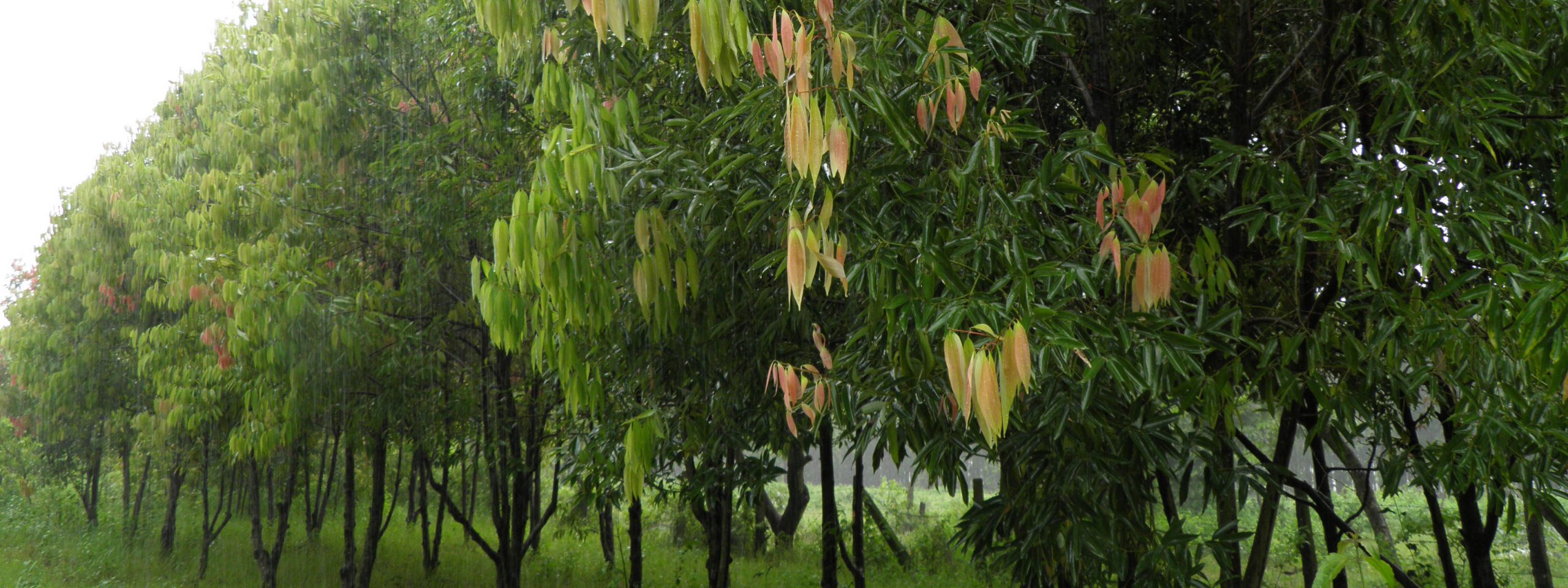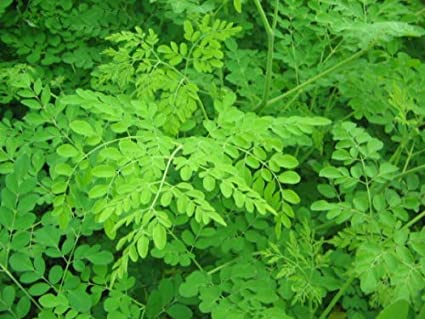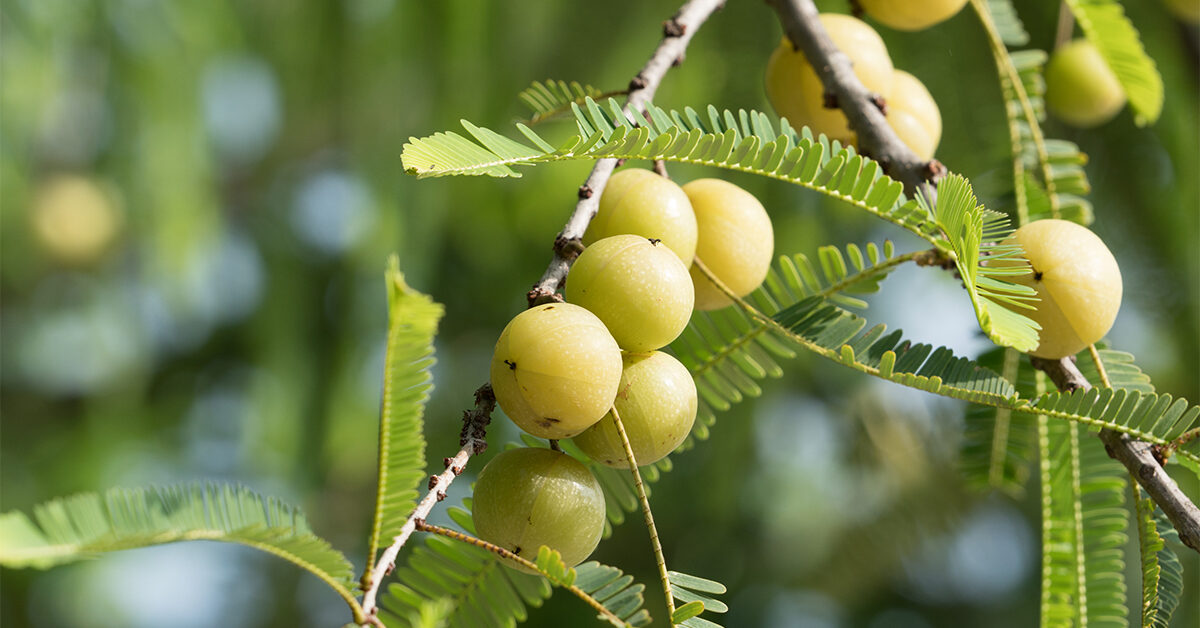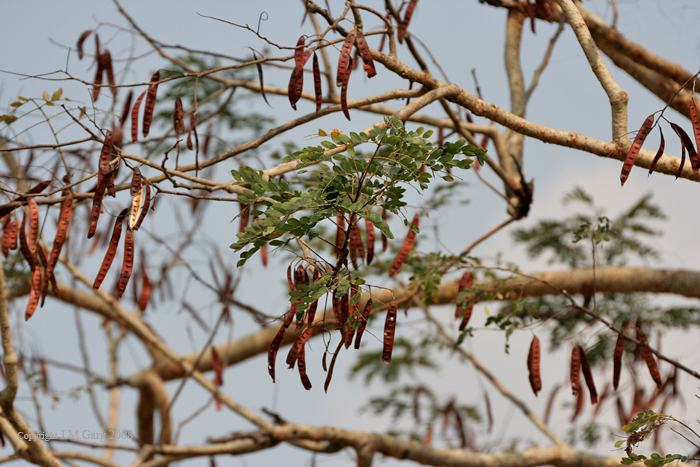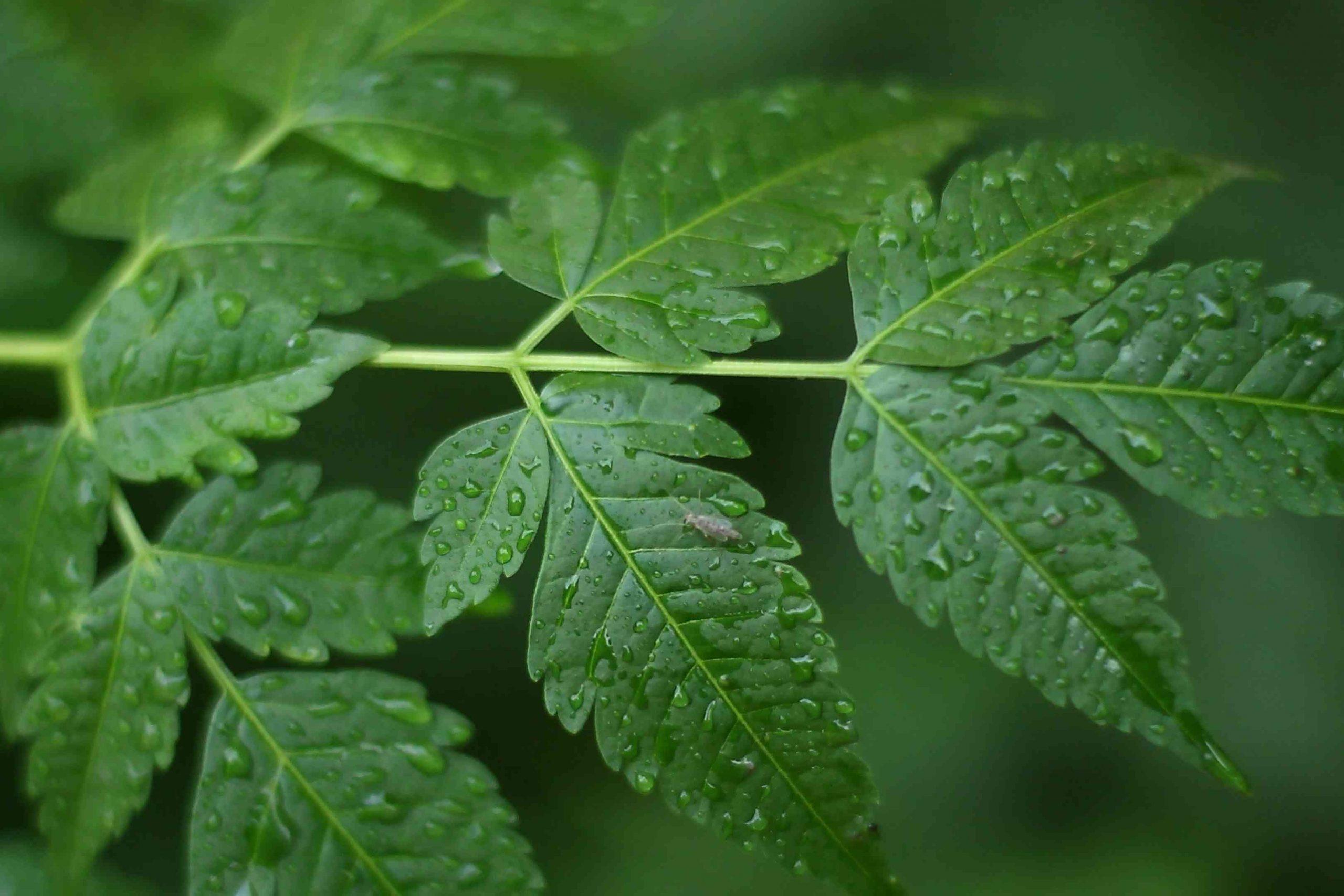Rajbriksha
(Cassia fistula L.)
English name: Golden shower flower/Indian Laburnum
Family: Fabaceae
Origin and distribution
It is a moderate-sized tree with an open crown, and although deciduous it is never quite leafless. It is common in E. Asia – Indian subcontinent. It has been naturalized in other areas of the tropics, including east Africa. Habitat consists of dry semi-deciduous forest at lower altitudes and open forest and grassland.
In Nepal it occurs at lower altitudes, from terai up to about 1200 meters. The leaves are compound and between 30-60cm long. They are divided into 4 and 6 pairs of quite large oval shaped leaflets.

Description
Height at maturity: It can grow 10 – 15 metres tall. The bole can be 40 – 50cm in diameter
Form: Golden shower is a small, slow-growing deciduous or semi-deciduous tree with a rather narrow crown in some reports, but spreading according to others.
Flower and flowering: The flowers are bright yellow which appears between April or May. The flowers are large and attractive. The fruits are present in cylindrical pods. At the beginning of flowering, the whole crown is covered with flowers; sporadic flowering continues for up to 3 months.
Silvicultural Characteristics
Cultivation: Plants succeed in the dry to moist tropics and sub-tropics, growing in areas where the annual rainfall is in the range 500 – 2,700 mm and the average annual temperatures is 18 – 29°c. The plants are slow-growing and generally take 8 – 10 years from sowing to flowering. This period can be reduced by vegetative propagation
Soil: This plant prefers a deep, well-drained, moderately fertile sandy loam and a position in full sun. It seems to favour calcareous and red, volcanic soils, but is also found on sandy and loamy soils with a pH of 5.5 – 8.7. Tolerates some shade. Established plants are fairly drought resistant
Propagation and plantation
Propagation is done by seed. The seeds have a hard seed coat and germination is improved by mechanical scarification or treatment with concentrated sulphuric acid for at least 45 minutes. Pre-soaking for 12 – 24 hours in warm water can also be tried. The seed should be sown in full light, and adequate water supply is required for optimal germination – the seed can increase three times in weight by absorbing water. Germination takes place within a few days. Direct sowing is practised in Asia. Seed can be stored for prolonged periods without loss of viability. It can also be propagated by cuttings of half ripe wood
Products and uses
The woods are used in building, carts, fence posts, and agricultural implements. The seed pods bear laxative substance that has various medicinal values. The timber can be used for excellent charcoal and wood extracts in making various medicines such as the bark is used for tanning and dyeing.
Urban/Agroforestry uses
Suitable for use as a pioneer, the tree can be planted for the restoration of degraded lands and restoration of woodland. Since it is not palatable to domestic animals, it may be suitable for the reforestation of areas which have become overgrazed.
Other readings
Tropical Plants Database, Ken Fern. tropical.theferns.info. 2021-04-21.
Satyal, P., Dosoky, N. S., Poudel, A., & Setzer, W. N. (2012). Essential oil constituents and their biological activities from the leaves of Cassia fistula growing in Nepal. Open Access Journal of Medicinal and Aromatic Plants, 3(2), 1.



